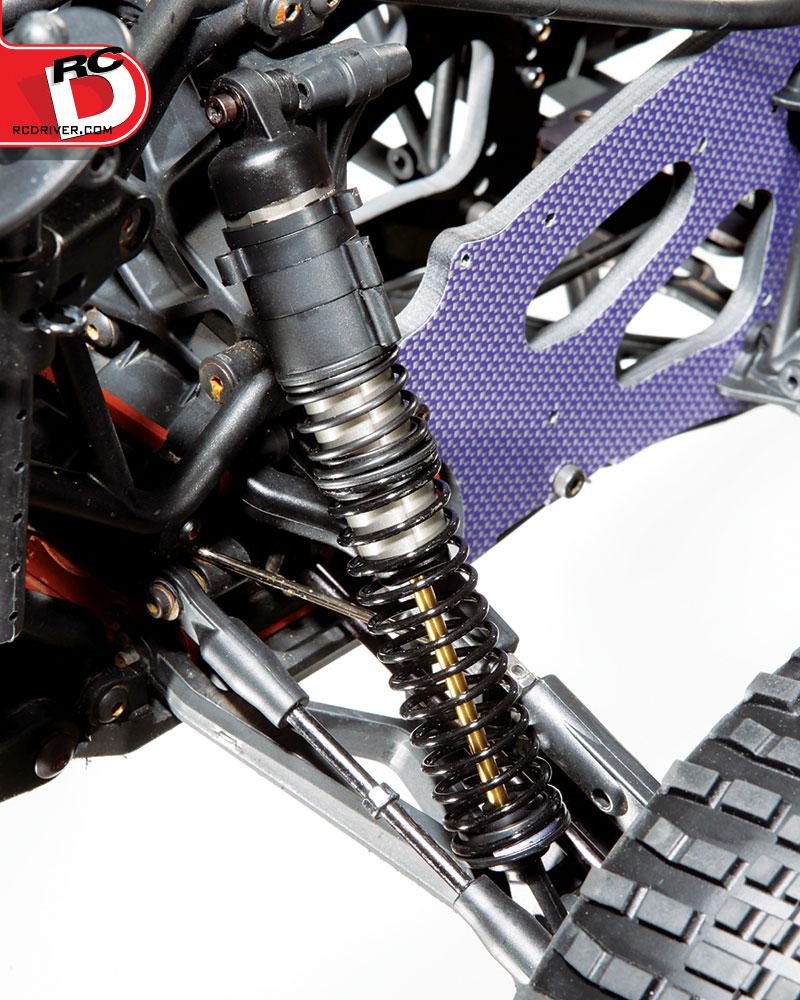


Briefly, data for 2008 covered 282 622 patients undergoing dialysis therapy at 4072 facilities, and subsequent surveys covered 290 675 patients at 4125 facilities in the 2009 survey, 297 126 patients at 4152 facilities in the 2010 survey and 304 592 patients at 4205 facilities in the final 2011 survey. The data were collected in surveys conducted by volunteers from the Japanese Society for Dialysis Therapy (JSDT), as described previously. In this prospective 3-year cohort study using data from a nationwide registry of hemodialysis patients in Japan, we sought to clarify the association between each of the five types of dialyzers and mortality rate.Īll data analyzed in this study were extracted from the database of the Japanese Society for Dialysis Therapy Renal Data Registry (JRDR). Type IV and V dialyzers are also classified as high-performance membrane (HPM) dialyzers due to their high flux rate, permeability and biocompatibility. In Japan, dialyzers are classified into five types based on their clearance of β2MG with a blood flow rate of 200 mL/min and a dialysate flow rate of 500 mL/min : type I are classified as low-flux membrane dialyzers (<10 mL/min clearance) type II and III as high-flux membrane dialyzers (≥10 to <30 mL/min and ≥30 to <50 mL/min clearance, respectively) and type IV and V as super high-flux membrane dialyzers (≥50 to <70 mL/min and ≥70 mL/min clearance, respectively). ĭespite the successful use of super high-flux membrane dialyzers in Japan for more than 15 years, it is unclear whether this type of dialyzer improves prognosis compared with other dialyzer types in use. In 2008, more than 90% of Japanese patients on hemodialysis were being treated with this type of dialyzer. In 2005, to address the problem of albumin leakage, super high-flux membranes with a large pore size were developed in Japan. High-flux membranes have high hydraulic permeability and higher solute permeability for middle-sized solutes than low-flux membrane dialyzers. This limitation led to the development of high-flux membrane dialyzers, which are defined as having an ultrafiltration rate of ≥15 mL/mmHg/h and β2MG clearance rate of ≥15 mL/min. With an ultrafiltration rate of <15 mL/mmHg/h and β2MG clearance of <15 mL/min, they remove small solutes effectively through diffusion, but only negligible amounts of middle-sized solutes, which are considered more toxic and more difficult to remove by diffusion. In the past decade, the dialyzers used most often internationally have been low-flux membrane dialyzers. Subsequently, when β 2-microglobulin (β2MG) was identified as the amyloid precursor protein in dialysis-related amyloidosis, low-molecular-weight proteins and albumin-bound toxins also started being targeted for removal. Dialysis removes uremic toxins that accumulate in patients’ bodies, and these toxins are classified as small sized (5000 Da) were targeted for removal. Hemodialysis is the main modality of renal replacement therapy (RRT) for the increasing number of patients with end-stage kidney disease (ESKD) worldwide.


 0 kommentar(er)
0 kommentar(er)
